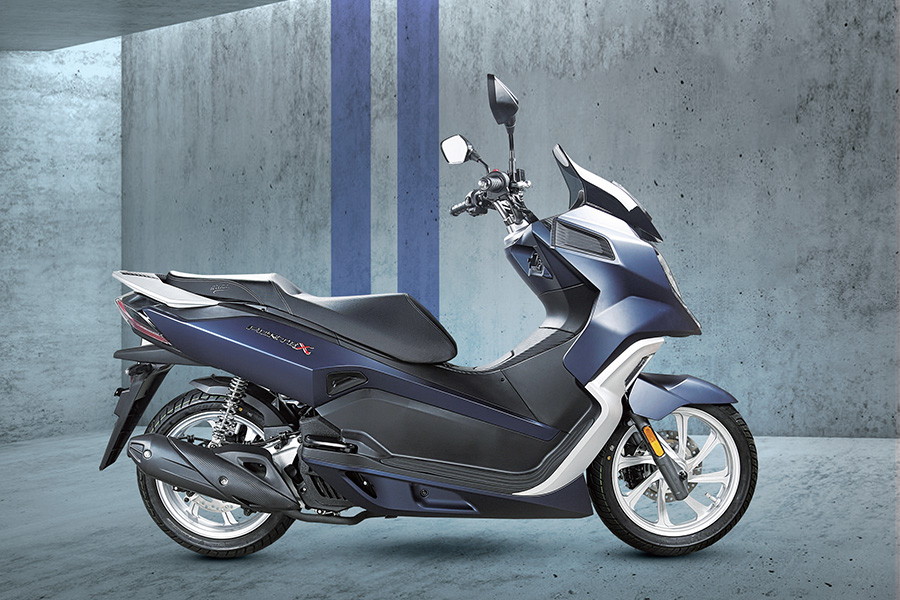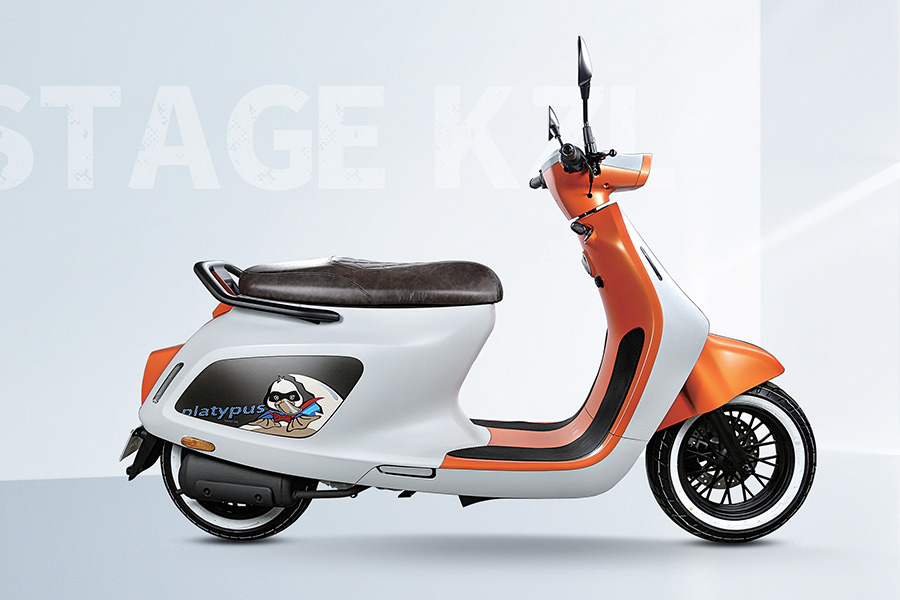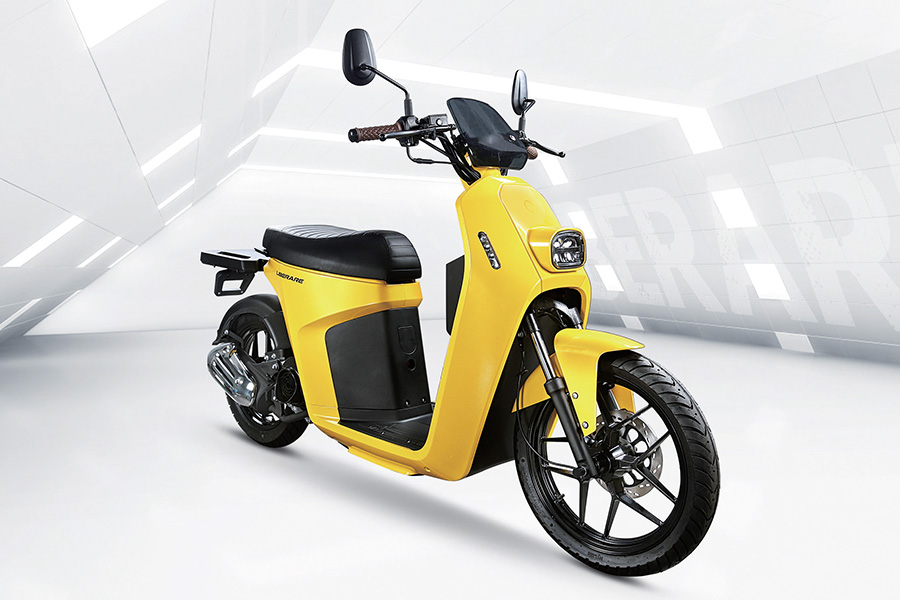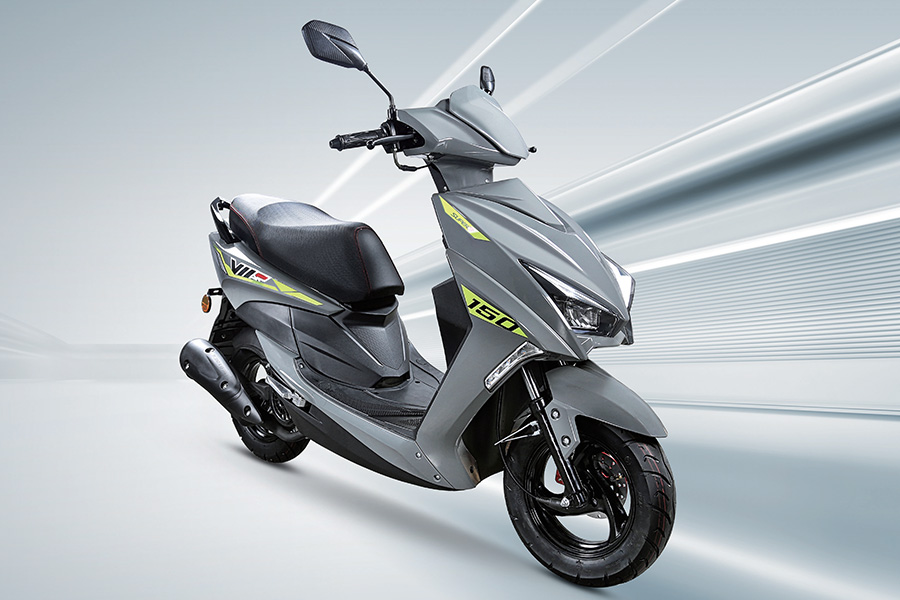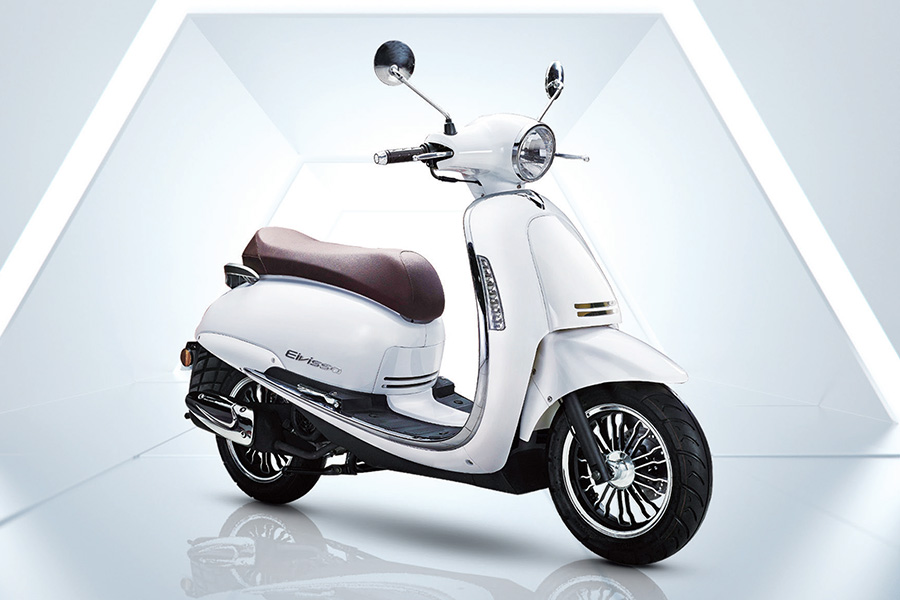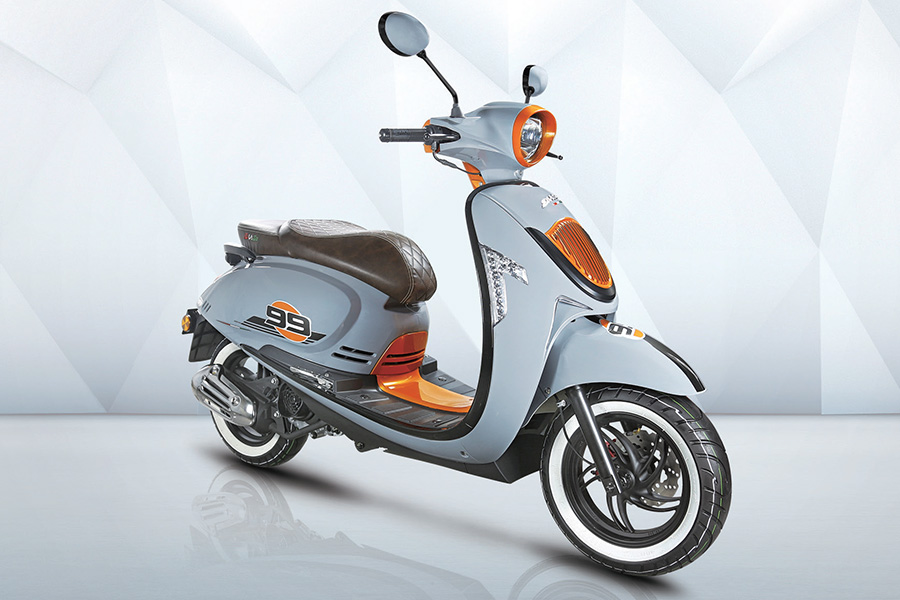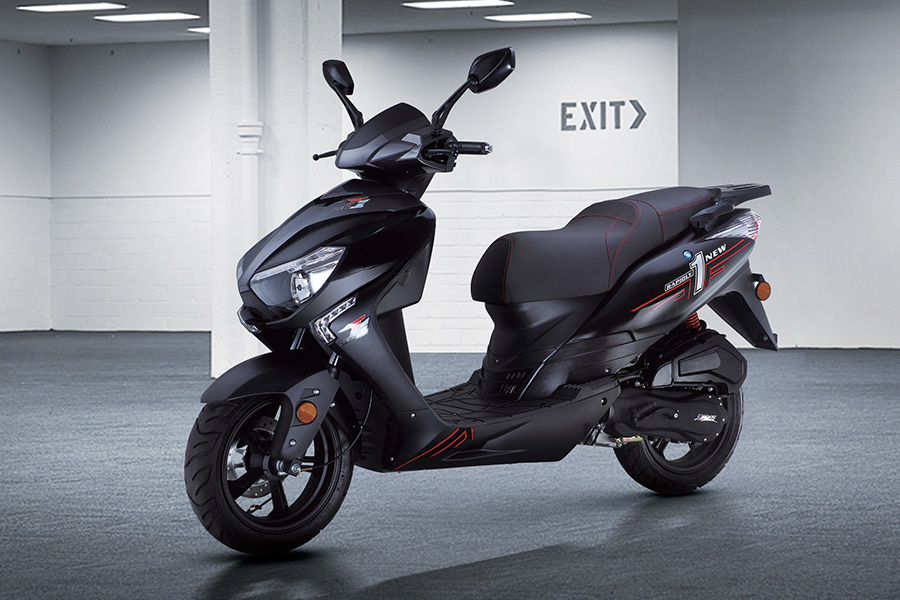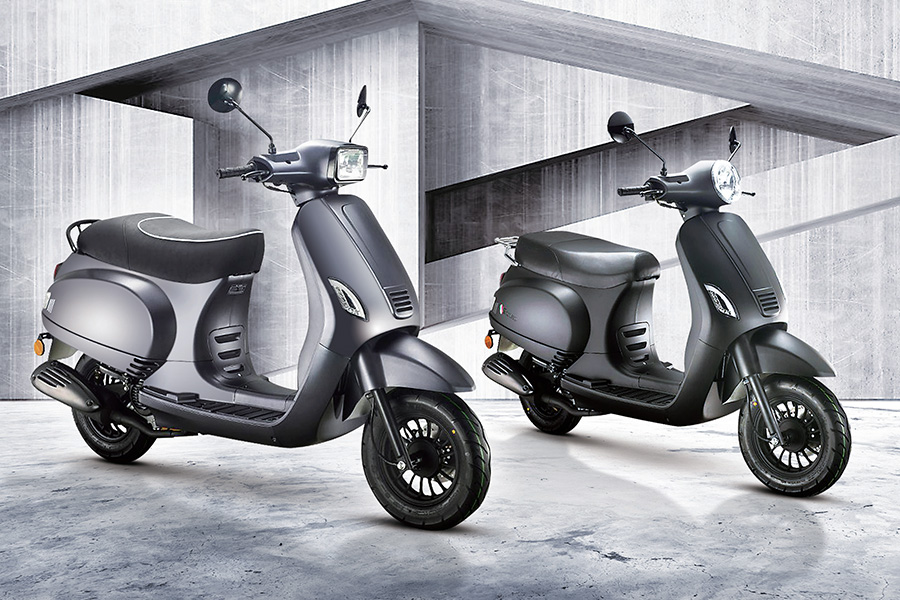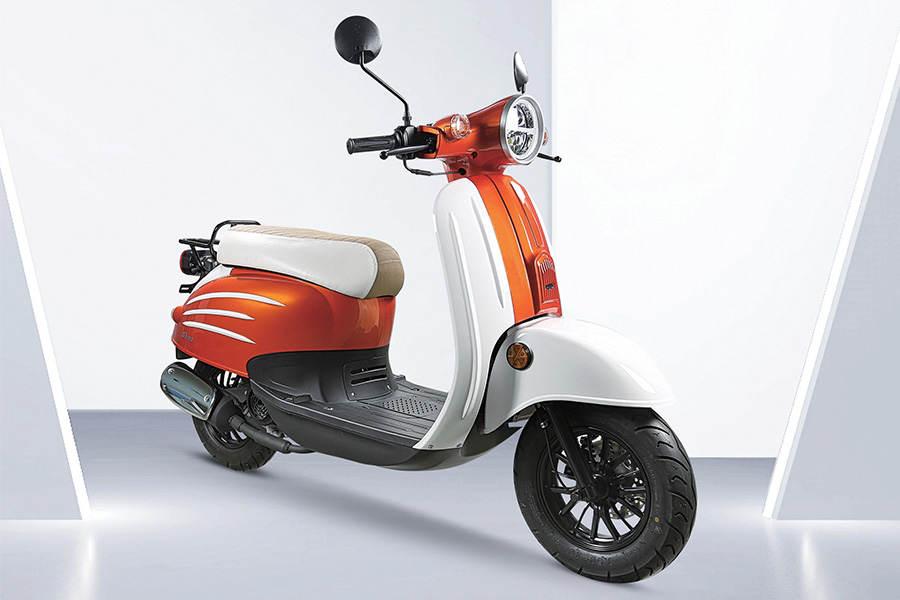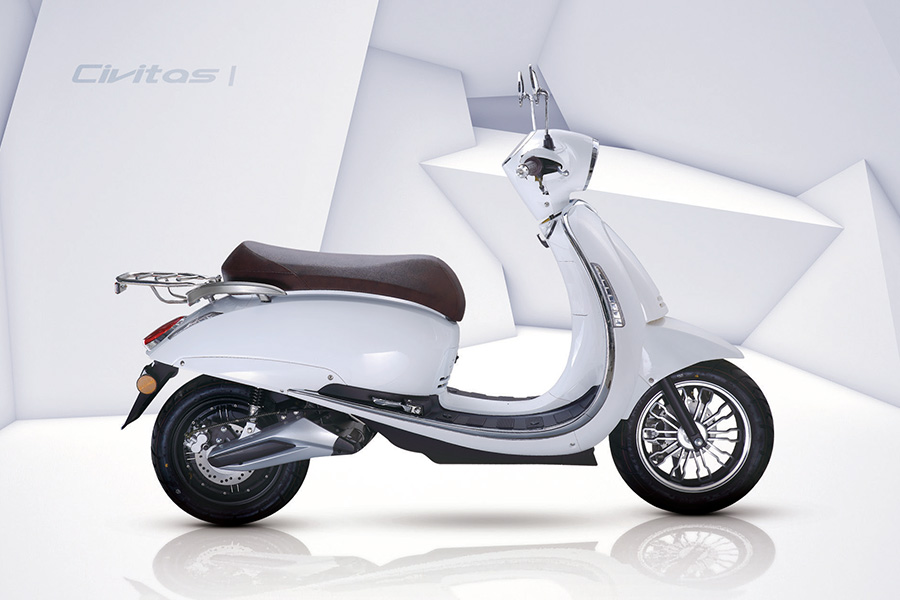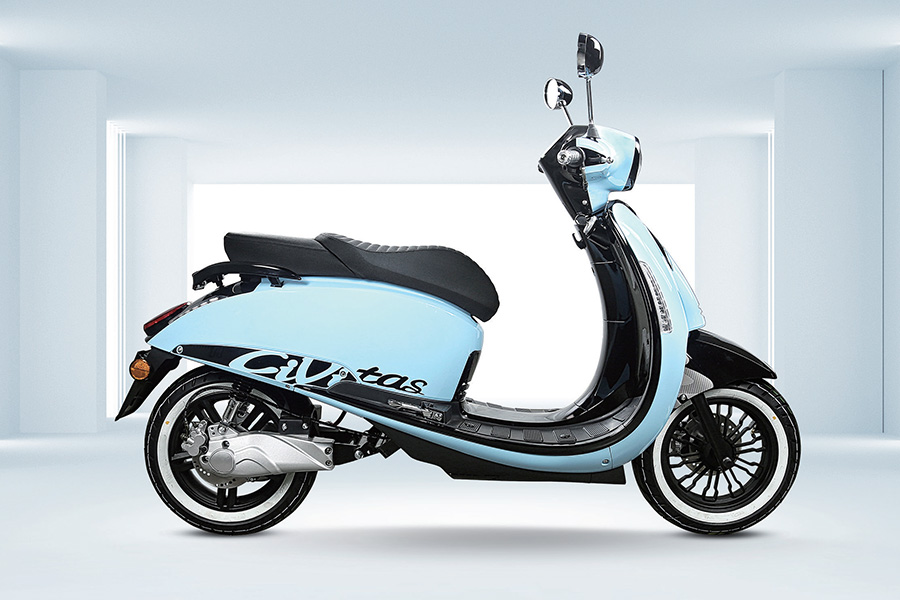Every morning, city streets echo with the high-pitched hum of Gasoline Mopeds weaving between cars. Their compact size and low price make them tempting commuter tools, but riders often ask the same urgent question: how safe are they for daily use? The short answer is that safety depends less on the machine itself and more on the choices surrounding it—gear, training, traffic environment, and maintenance habits.
To begin with, consider the physics. A typical 50 cc Gasoline Moped weighs about 200 pounds and tops out near 35 mph. That low mass reduces impact energy in a crash, yet it also means the rider is largely invisible to SUV drivers and vulnerable to potholes. The National Highway Traffic Safety Administration reports that riders on small-displacement two-wheelers suffer injuries at roughly six times the rate of car occupants per mile traveled. However, the same study shows that proper protective gear cuts injury severity by almost half. A full-face helmet, armored jacket, gloves, and ankle-high boots are therefore non-negotiable equipment, not fashion statements.
Second, training matters more than horsepower. Many jurisdictions allow riders to operate Gasoline Mopeds with nothing more than a basic driver’s license, yet a weekend Motorcycle Safety Foundation course reduces accident risk by 20 percent. These classes teach threshold braking, emergency swerves, and road-positioning techniques that everyday drivers never practice. Riders who skip formal training often rely on instinct alone; when a taxi door swings open, instinct is rarely enough.
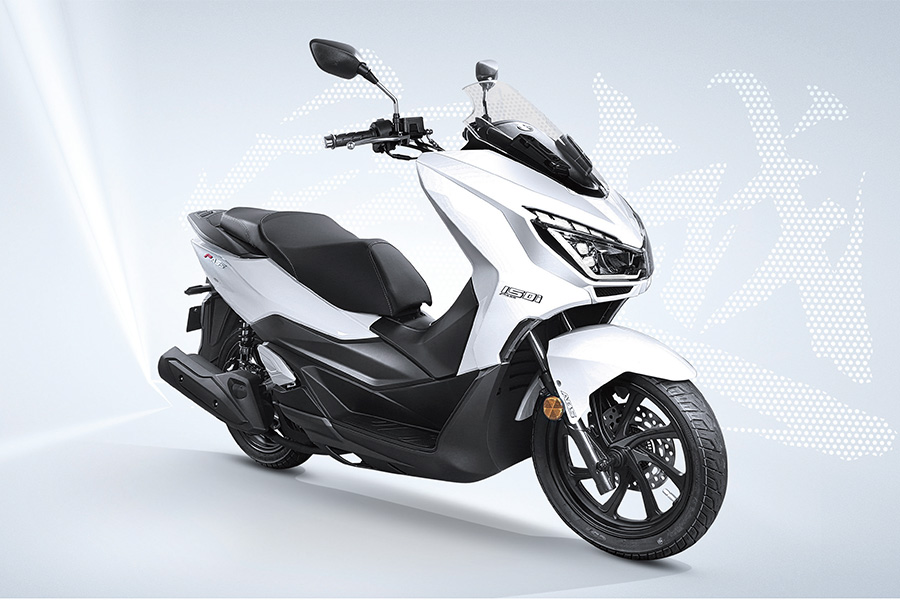
Third, traffic context shapes outcomes. In dense European cities where 30 mph speed limits are enforced and protected bike lanes allow mopeds, crash rates are comparable to bicycles. Conversely, in sprawling U.S. suburbs where arterial roads carry 55 mph traffic, a slow Moped becomes an awkward obstacle. Riders who plan routes through 25–35 mph residential streets or dedicated two-wheel paths dramatically reduce conflict points. Mobile mapping apps now offer “scooter-safe” navigation filters; using them is as important as checking the weather.
Fourth, mechanical reliability is a safety factor often overlooked. Gasoline Mopeds are simple machines—single-cylinder engines, drum brakes, and basic suspension—but that simplicity encourages neglect. A frayed brake cable or under-inflated tire that would merely annoy a car driver can be catastrophic on two wheels. Creating a weekly 10-minute inspection ritual—oil level, tire pressure, brake feel, chain tension—adds a layer of proactive protection. Carrying a tire-plug kit and a compact pump turns a roadside delay into a five-minute fix instead of a risky limp home.
Finally, visibility technology is catching up. Modern Gasoline Mopeds now ship with LED daytime running lights and reflective graphics as standard. Aftermarket upgrades such as modulating brake lights and helmet-mounted LEDs increase conspicuity without draining the modest electrical system. Riders who combine high-viz gear with assertive lane positioning report fewer near-misses, according to a 2023 survey by the International Moped Safety Association.
In sum, Gasoline Mopeds are no more dangerous than the ecosystem around them. Equip yourself like a motorcyclist, train like one, choose smart routes, maintain the machine obsessively, and make yourself visible. Do all that, and the daily commute becomes not only safer than driving in gridlock, but also more liberating.


 俄语
俄语 西班牙语
西班牙语 阿拉伯语
阿拉伯语